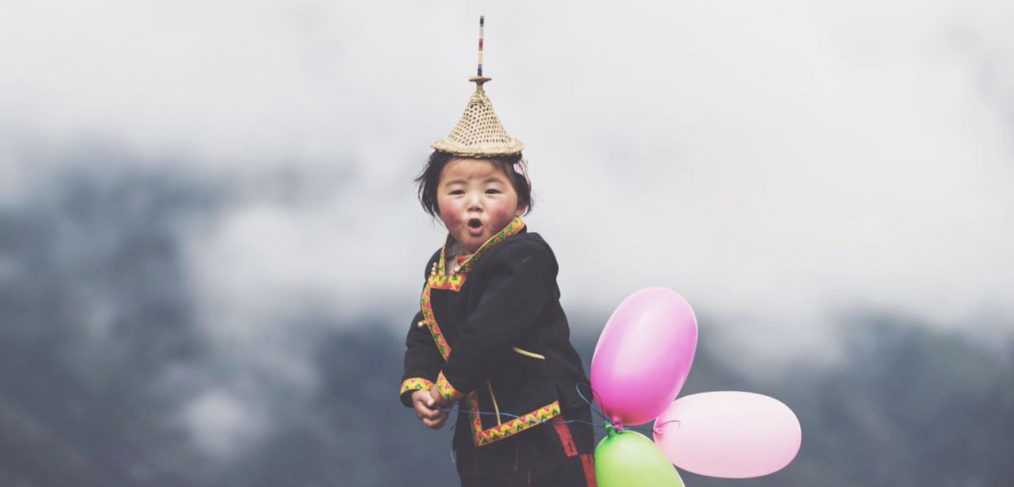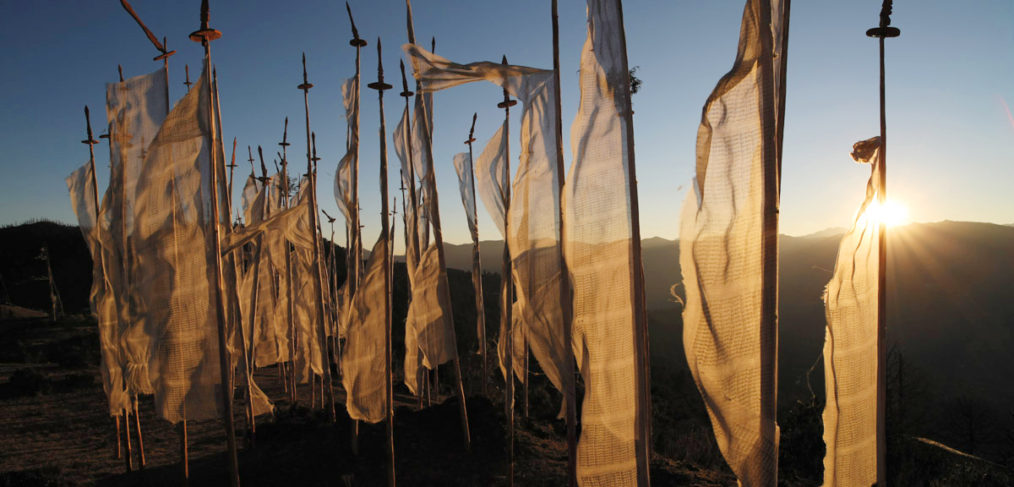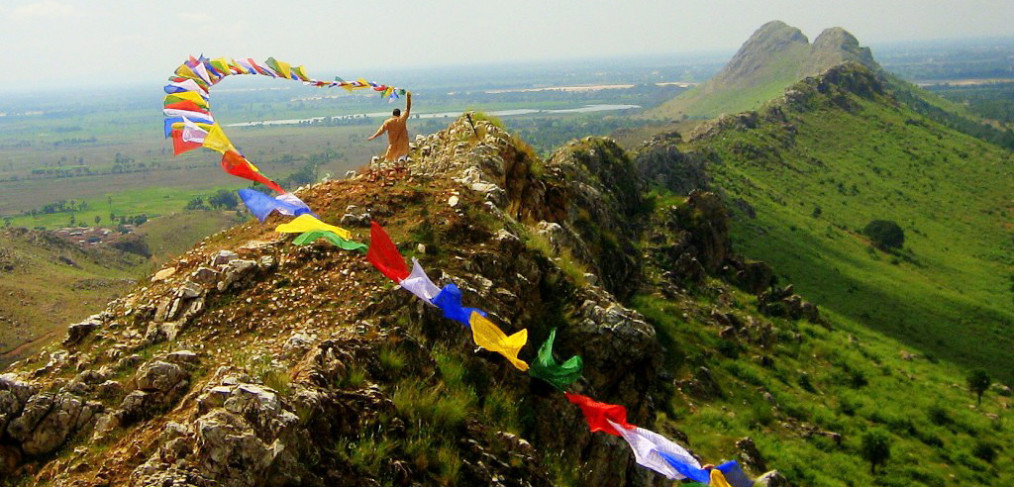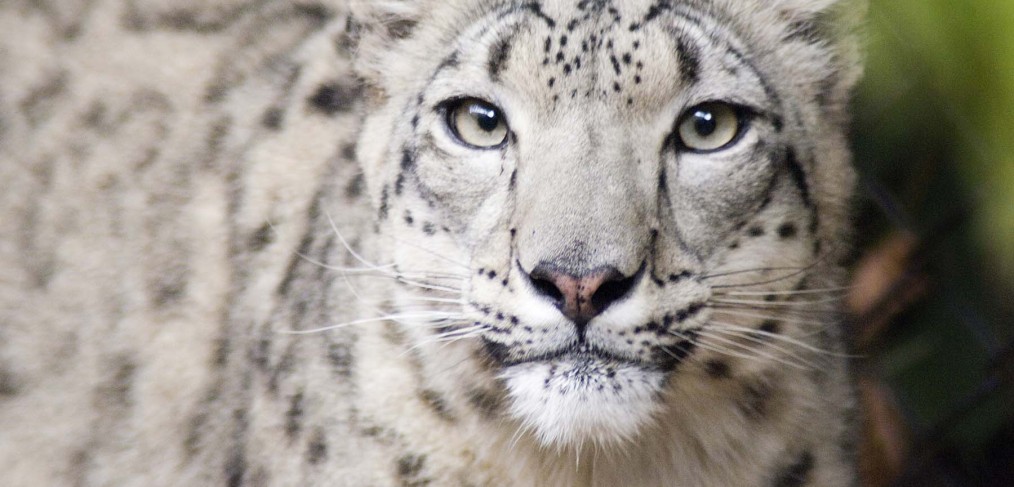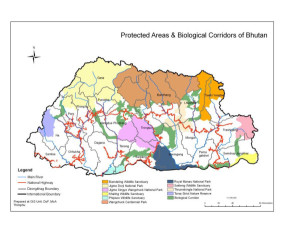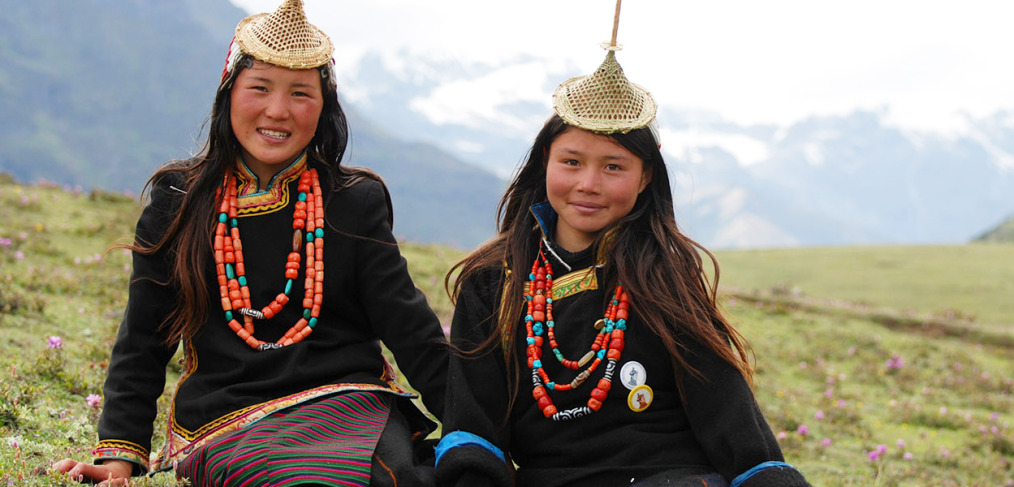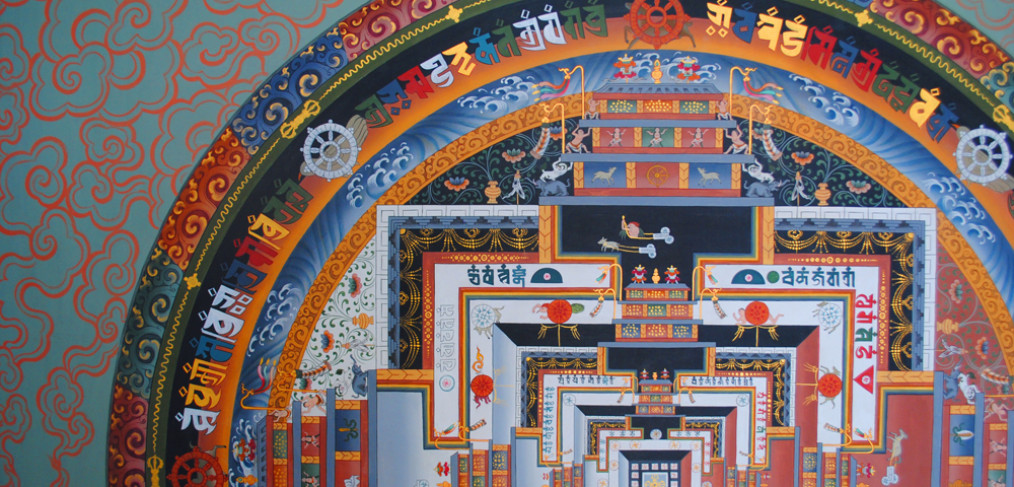Prayer flags are not just pretty pieces of colored cloth with funny writing on them. The ancient Buddhist prayers, mantras and powerful symbols displayed on them produce a spiritual vibration that is activated and carried by the wind across the countryside. All beings that are touched by the wind are uplifted and a little happier. The silent prayers are blessings spoken on the breath of nature. Just as a drop of water can permeate the ocean, prayers dissolved in the wind extend to fill all of space.
The prayer flag tradition has a long continuous history dating back to ancient Tibet, China, Persia and India. The tradition has now reached the West and is rapidly gaining popularity. The meanings behind prayer flag texts and symbols, indeed behind the whole idea of prayer flags, are based on the most profound concepts of Tibetan Buddhist philosophy.
The Tibetan word for prayer flag is Dar Cho. “Dar” means to increase life, fortune, health and wealth. “Cho” means all sentient beings. Prayer flags are simple devices that, coupled with the natural energy of the wind, quietly harmonize the environment, impartially increasing happiness and good fortune among all living beings.
History of Prayer Flags
According to some lamas prayer flags date back thousands of years to the Bon tradition of preBuddhist Tibet. Shamanistic Bonpo priests used primary colored plain cloth flags in healing ceremonies. Each color corresponded to a different primary element – earth, water, fire, air and space – the fundamental building blocks of both our physical bodies and of our environment. According to Eastern medicine health and harmony are produced through the balance of the 5 elements. Properly arranging colored flags around a sick patient harmonized the elements in his body helping to produce a state of physical and mental health.
Colored flags were also used to help appease the local gods and spirits of the mountains, valleys, lakes and streams. These elemental beings, when provoked were thought to cause natural disasters and disease. Balancing the outer elements and propitiating the elemental spirits with rituals and offerings was the Bonpo way of pacifying nature and invoking the blessings of the gods.
It is not known whether or not the Bonpos ever wrote words on their flags. The preBuddhist religions of Tibet were oral traditions; writing was apparently limited to government bookkeeping. On the other hand the very word, “bonpo,” means “one who recites magical formulas” Even if no writing was added to the plain strips of cloth it is likely that the Bonpos painted sacred symbols on them. Some symbols seen on Buddhist prayer flags today undoubtedly have Bonpo origins, their meaning now enhanced with the deep significance of Vajrayana Buddhist philosophy.
From the first millennium AD Buddhism gradually assimilated into the Tibetan way of life reaching great zeal in the ninth century when the religious King of Tibet invited the powerful Indian meditation master, Guru Padmasambhava, to come and control the forces then impeding the spread of Buddhism. Guru Rinpoche, as he is popularly known, bound the local Tibetan spirits by oath and transformed them into forces compatible with the spread of Buddhism. Some to the prayers seen on flags today were composed by Guru Rinpoche to pacify the spirits that cause disease and natural disasters.
Originally the writing and images on prayer flags were painted by hand, one at a time. Woodblocks, carefully carved in mirror image relief, were introduced from China in the 15th century. This invention made it possible to reproduce identical prints of the same design. Traditional designs could then be easily passed down from generation to generation.
Famous Buddhist masters created most prayer flag designs. Lay craftsmen make copies of the designs but would never think of actually creating a new design. There are relatively few basic designs for a continuous tradition that goes back over a thousand years. Aside from new designs no real innovations to the printing process have occurred in the past 500 years. Most prayer flags imported to the West today are woodblock printed. Some shops are now starting to produce prints made from zinc faced blocks that can be etched photographically resulting in finer detail than the hand carved woodblock. Natural stone ground pigments have been replaced by printing inks, usually having a kerosene base. Most of the companies in the west prefer to use silkscreen printing techniques as wood carving is a time consuming skill requiring lengthy apprenticeship.
When the Chinese took over Tibet they destroyed much of everything having to do with Tibetan culture and religion. Prayer flags were discouraged but not entirely eliminated. We will never know how many traditional designs have been lost forever since the turmoil of China’s cultural revolution. Because cloth and paper prints deteriorate so quickly the best way to preserve the ancient designs is by saving the woodblocks. Woodblocks, often weighing several pounds, were too heavy for the refugees to lug over the Himalayas and woodblocks no doubt made wonderful firewood for Chinese troops. Most of the traditional prayer flags today are made in Nepal and India by Tibetan refugees or by Nepali Buddhists from the Tibetan border regions.
Raising Prayer Flags
Prayer flags typically come on ropes to be hung in horizontal displays or printed on long narrow strips of cloth that are tied on vertical poles. Prayer flags on ropes are printed on 5 different colors of cloth (yellow, green, red, white and blue) so sets are always in multiples of 5. Pole flags are either a single solid color or the 5 colors sewn together into one flag. They range in height from about 3ft to 40 ft or more. Pole flags often have colored streamers or “tongues” that are imprinted with special increasing mantras meant to increase the power of the prayers written on the body of the flag. It is also common to see displays of many plain white prayer flags on poles erected around monasteries and pilgrimage sites.
Placing prayer flags in and around one’s home or business imparts a feeling of harmony, increases the spiritual atmosphere and brings to mind the teachings of enlightenment. By placing prayer flags outdoors their sacred mantras are imprinted on the wind, generating peace and good wishes. Ropes of prayer flags can be strung horizontally between two trees (the higher the better), between house columns or along the eaves of roofs. Sometimes they are strung at angle (be sure that the wind horse points uphill). Vertical Pole Flags look wonderful in a garden, try a prayer flag “grove” in a breezy area. Bamboo works the best for flagpoles but any wood, metal or plastic pole will work.
When raising prayer flags proper motivation is important. If they are put up with the attitude “I will benefit from doing this” – that is an ego-centered motivation and the benefits will be small and narrow. If the attitude is “May all beings everywhere receive benefit and find happiness,” the virtue generated by such motivation greatly increases the power of the prayers.
www.choki.org
Follow us on Facebook!
Author: Timothy Clark. Copyright Radiant Heart Studio

